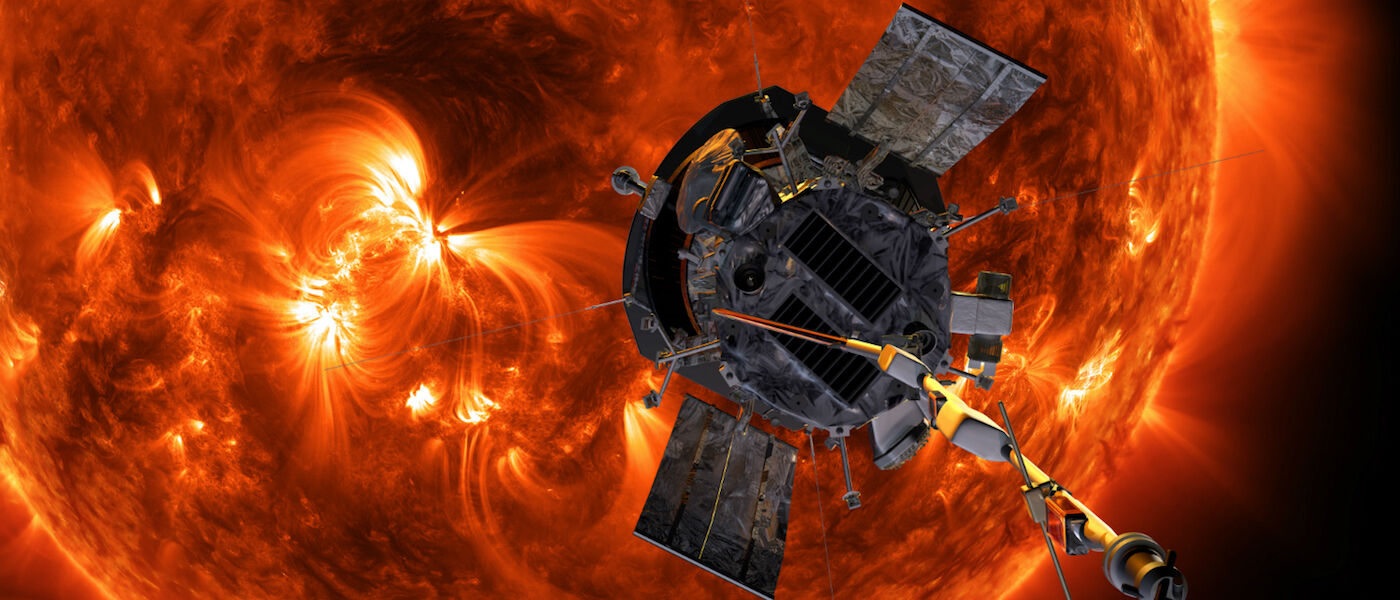3 ways that NASA's Parker Solar Probe is making space history

Things are warming up at NASA! The Parker Solar Probe, launched Aug. 12, 2018, is going to make history in a few different ways.
1) The Parker Solar Probe will be the first man-made object to approach and touch the Sun.
The Parker Solar Probe will approach within 4 million miles of the Sun! That is seven times closer than any other spacecraft.
There are many layers of the Sun, and the probe will enter the outermost layer, called the corona. And are you worried that it might melt? Fear not. The probe is equipped with a shield that will keep it safe. The sun-facing side of the shield will be strong enough to withstand the extreme heat of the Sun, while the other side will be cool enough to prevent the instruments from being destroyed.
2) This will be the fastest spacecraft in history.
In order to get to the inner solar system, a spacecraft has to use a lot of energy. This is where the Parker Solar Probe will break another record, reaching speeds of 430,000 miles per hour. That would get you from Philadelphia to Washington, D.C. in one second!
But after that, the spacecraft has to slow down in order to accurately position itself into the correct path of the Sun's corona. To do so, the Parker Solar Probe will go on 24 orbits around Venus and the Sun – a journey that is expected to take seven years.
You won't have to wait seven years for information, though. Data is expected to be sent back starting at the end of this year.
3) The Parker Solar Probe is the first mission to be named after a living person.
The Parker Solar Probe is named for Eugene Parker. Parker was the first to predict that particles from the sun are blasted through space, now known as solar wind. The Parker Solar Probe will be studying that very solar wind, as well as other solar events and close-up views of the Sun.
Thanks to NASA for sharing these cool facts!
Interested in learning more about the Parker Solar Probe? We're currently discussing this breaking news story in our all-live planetarium show, "Wonders of the Night Sky." Visit us soon and have all your questions answered by a live presenter. Click here to see a full list of shows playing in the Jennifer Chalsty Planetarium, the biggest planetarium in the Western Hemisphere.
